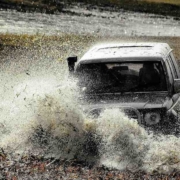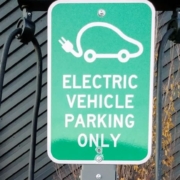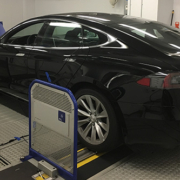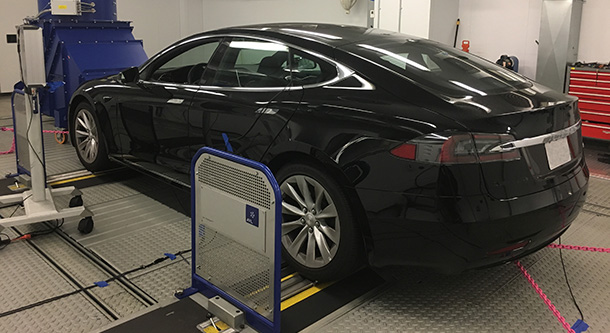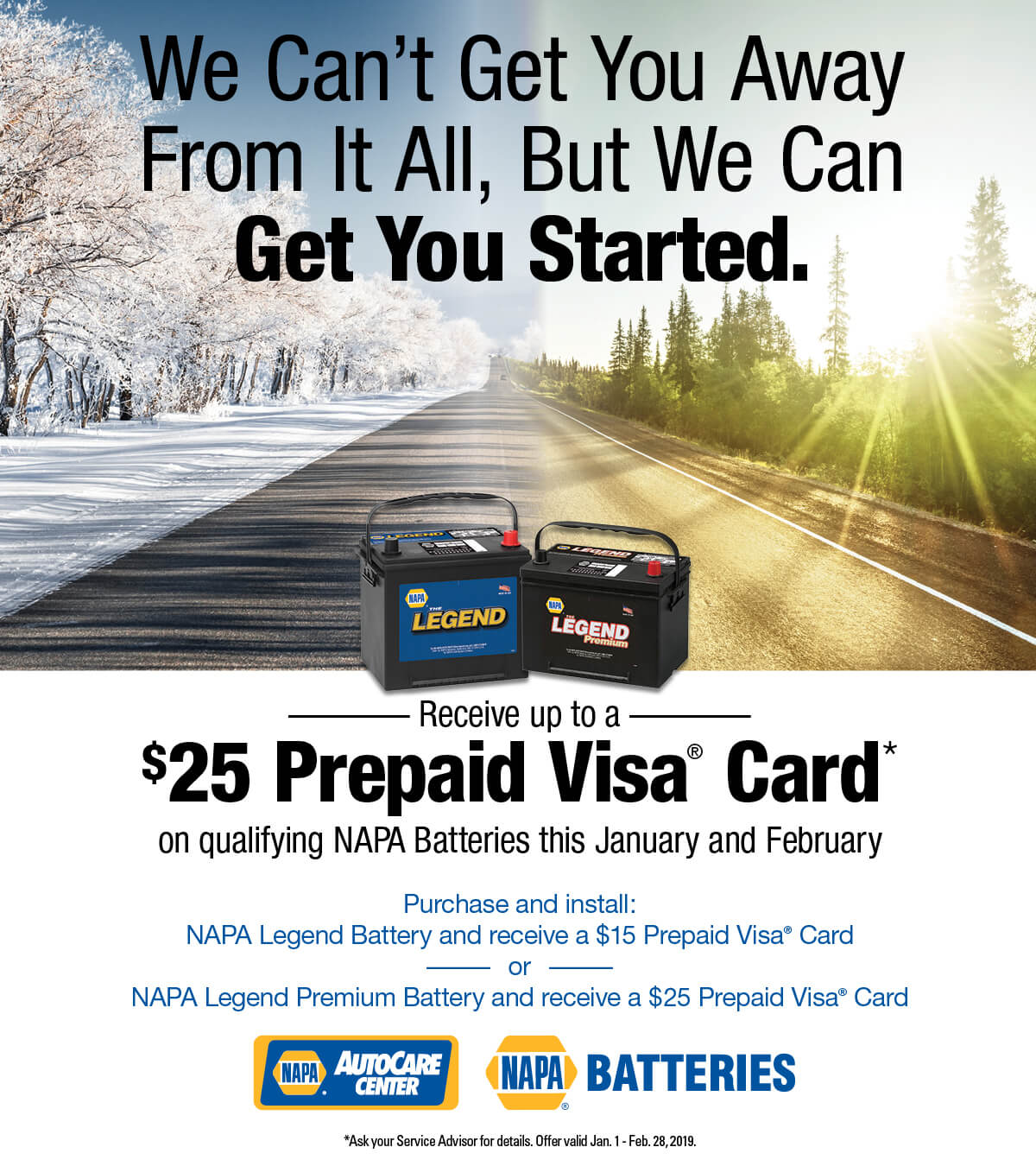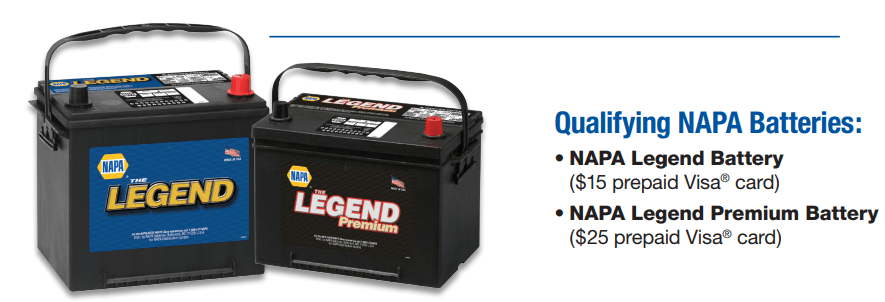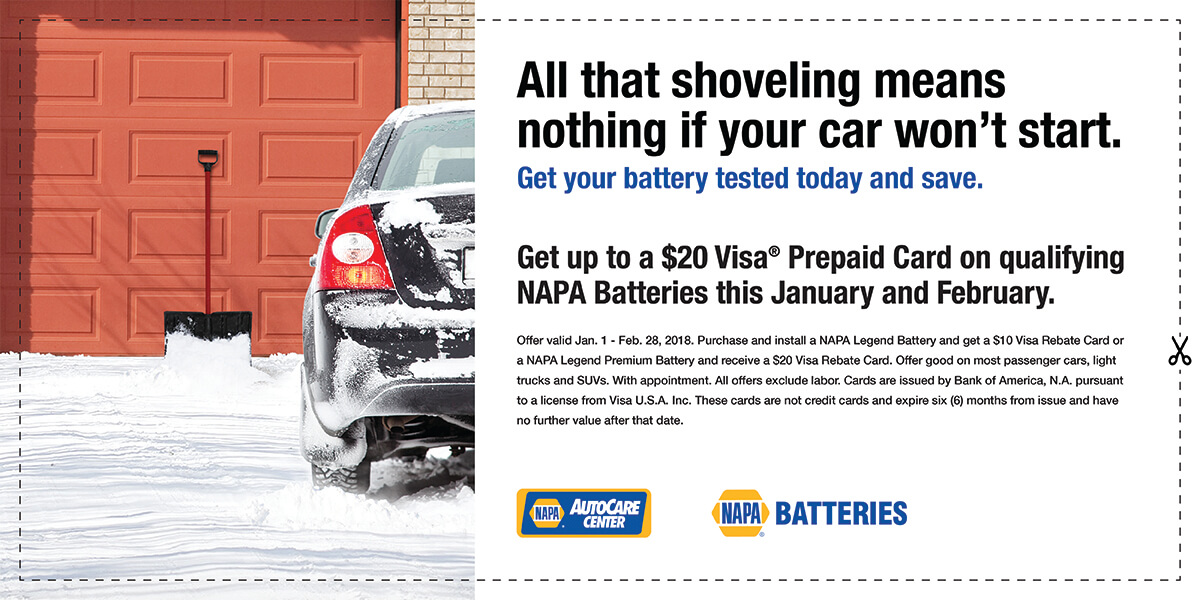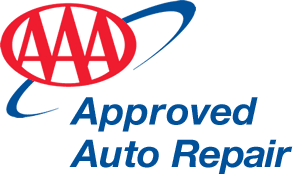AAA research finds HVAC use in frigid temperatures causes substantial drop in electric vehicle range
 ORLANDO, Fla. (Feb. 7, 2019) – As freezing temperatures plague much of the country, electric vehicle owners may experience a decrease in driving range, compounded by the use of the vehicle’s interior climate control. New research from AAA reveals that when the mercury dips to 20°F and the HVAC system is used to heat the inside of the vehicle, the average driving range is decreased by 41 percent. This means for every 100 miles of combined urban/highway driving, the range at 20°F would be reduced to 59 miles. When colder temperatures hit, AAA urges electric vehicle owners to be aware of a reduction in range and the need to charge more often to minimize the chance of being stranded by a dead battery.
ORLANDO, Fla. (Feb. 7, 2019) – As freezing temperatures plague much of the country, electric vehicle owners may experience a decrease in driving range, compounded by the use of the vehicle’s interior climate control. New research from AAA reveals that when the mercury dips to 20°F and the HVAC system is used to heat the inside of the vehicle, the average driving range is decreased by 41 percent. This means for every 100 miles of combined urban/highway driving, the range at 20°F would be reduced to 59 miles. When colder temperatures hit, AAA urges electric vehicle owners to be aware of a reduction in range and the need to charge more often to minimize the chance of being stranded by a dead battery.
Additional Resources
“The appeal of electric vehicles continues to grow since a greater variety of designs and options with increased range have come onto the market,” said Greg Brannon, AAA’s director of Automotive Engineering and Industry Relations. “As long as drivers understand that there are limitations when operating electric vehicles in more extreme climates, they are less likely to be caught off guard by an unexpected drop in driving range.”
Cold weather, however, is not the only factor that can influence driving range. AAA’s research also found that when outside temperatures heat up to 95°F and air-conditioning is used inside the vehicle, driving range decreases by 17 percent. Extreme temperatures certainly play a role in diminishing driving range, but the use of HVAC in these conditions – particularly the heat – has by far the greatest effect. Additionally, an electric vehicle with a compromised driving range will require charging more often, which increases the cost to operate the vehicle. For instance, AAA’s study found that the use of heat when it’s 20°F outside adds almost $25 more for every 1,000 miles when compared to the cost of combined urban and highway driving at 75°F.
AAA tested five electric vehicles, all with a minimum EPA estimated driving range of 100 miles, in partnership with the Automotive Club of Southern California’s Automotive Research Center. Real-world driving conditions were simulated using a dynamometer, essentially a treadmill for cars, in a closed testing cell where ambient temperature could be closely controlled. To determine the effects on driving range, scenarios for cold and hot weather conditions – both when using HVAC and not – were compared to those of driving with an outside temperature of 75°F.
“The research clearly shows that electric vehicles thrive in more moderate climates, except the reality is most Americans live in an area where temperature fluctuates,” said Megan McKernan, manager of Automotive Research Center. “Automakers are continually making advances to improve range, but with this information, drivers will be more aware of the impacts varying weather conditions can have on their electric vehicles.”
Previous AAA research has found that interest in electric vehicles continues to gain momentum with 20 percent of drivers saying they would likely go green when considering their next vehicle purchase. With lower-than-average ownership costs, increased driving ranges and the latest advanced safety features, AAA believes there is a strong future for electric vehicles. To help “green” car shoppers make an informed choice, AAA conducts independent, rigorous test-track evaluations of plug-in hybrids, hybrid and fuel-efficient, gas-powered vehicles and releases the results every spring in its annual Green Car Guide.
There are some precautions electric vehicle owners can take during colder and hotter times of year to help offset potential reductions in driving range. AAA recommends drivers:
- Plan ahead. When drivers are aware of the weather conditions before heading out, they can plan for more frequent stops for charging as well as identify the location of charging stations. Drivers can access these locations through AAA’s Mobile app or TripTik Planner.
- Make time to “pre-heat” or cool down the inside of the vehicle while still connected to the charger. This will reduce the demand on the vehicle’s battery to regulate cabin temperature at the onset of driving.
- If possible, park the vehicle in a garage to help stabilize cabin temperature.
While electric vehicle range performs best in areas with warm weather year-round such as Florida, Hawaii and California, drivers in other parts of the country shouldn’t be discouraged. Owning an electric vehicle in these regions just requires some additional planning.
Methodology
AAA conducted primary research in partnership with the Automotive Club of Southern California’s Automotive Research Center (ARC) in Los Angeles, California to understand impacts of ambient temperature on electric vehicle driving range with and without the use of the HVAC system. The vehicles were tested using the ARC’s climate controlled test cell and state of the art chassis dynamometer and data logging equipment.
Test vehicles were selected using a pre-determined set of criteria such as availability for sale throughout the United States with a minimum EPA estimated driving range of 100 miles. One vehicle per manufacturer was tested to prevent overrepresentation of a single brand. Additional information on methodology can be found in the full report here.
About AAA
AAA provides more than 59 million members with automotive, travel, insurance and financial services through its federation of 34 motor clubs and nearly 1,100 branch offices across North America. Since 1902, the not-for-profit, fully tax-paying AAA has been a leader and advocate for safe mobility. Drivers can request roadside assistance, identify nearby gas prices, locate discounts, book a hotel or map a route via the AAA Mobile app. To join, visit AAA.com.

